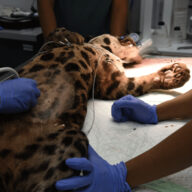
Our Activities

We work with centers in Indonesia, Thailand, South Africa and Uganda. Due to the fact that most of the cat species that the foundation aims to protect live in Asia, all of which are found in Indonesia, it is this country that gets the most attention from the foundation. That’s why a cooperation agreement was signed with the National Research and Innovation Agency of Indonesia (BRIN).
Indonesia
The foundation has signed an agreement with the National Research and Innovation Agency (BRIN), which, among other things, issues approvals and certifications that allow research to be carried out in Indonesia, as well as supervises and coordinates cooperation between research, scientific and industrial units carrying out R&D activities. With this agreement, the foundation’s activities in Indonesia can be effective and efficient.
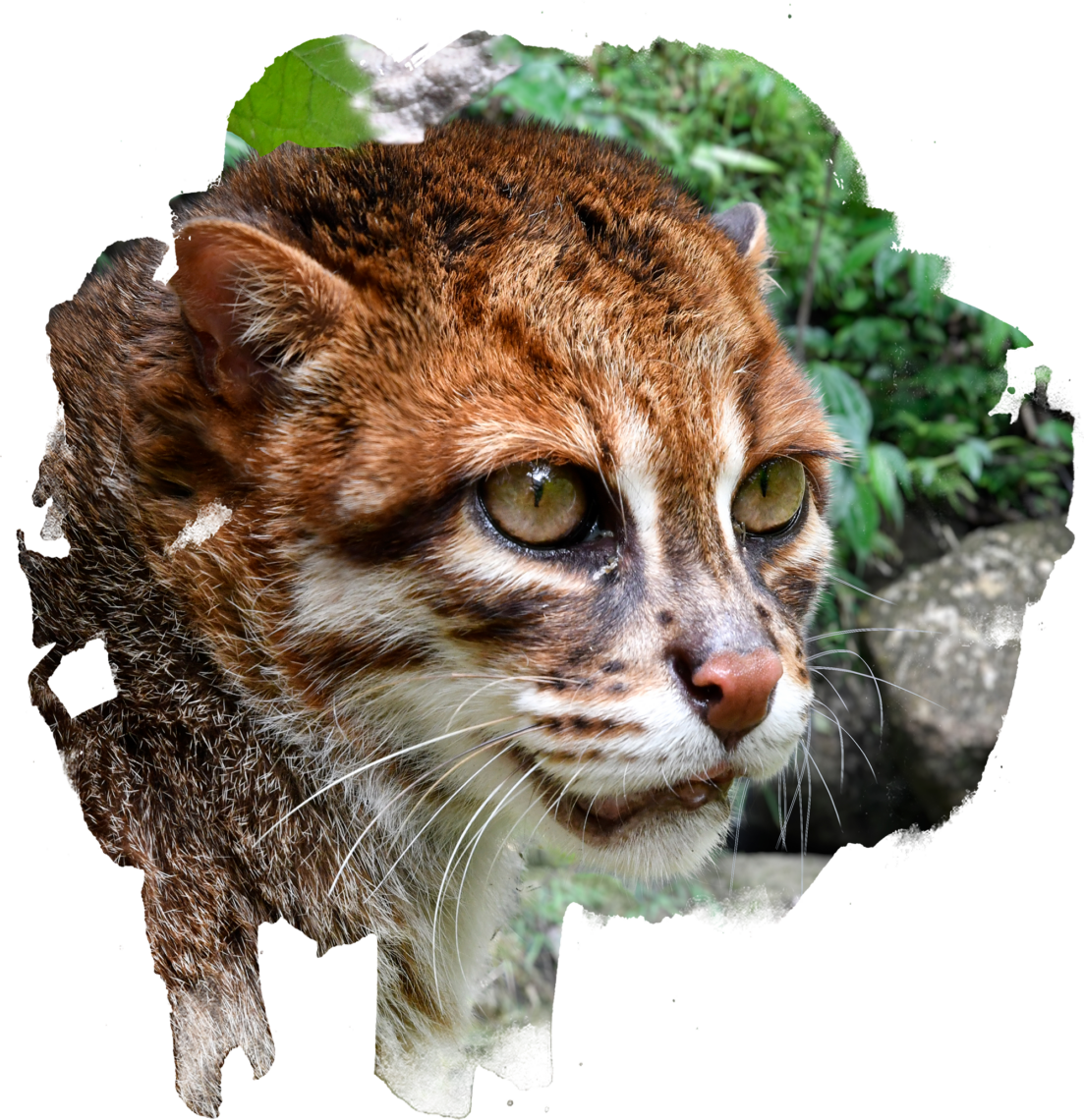
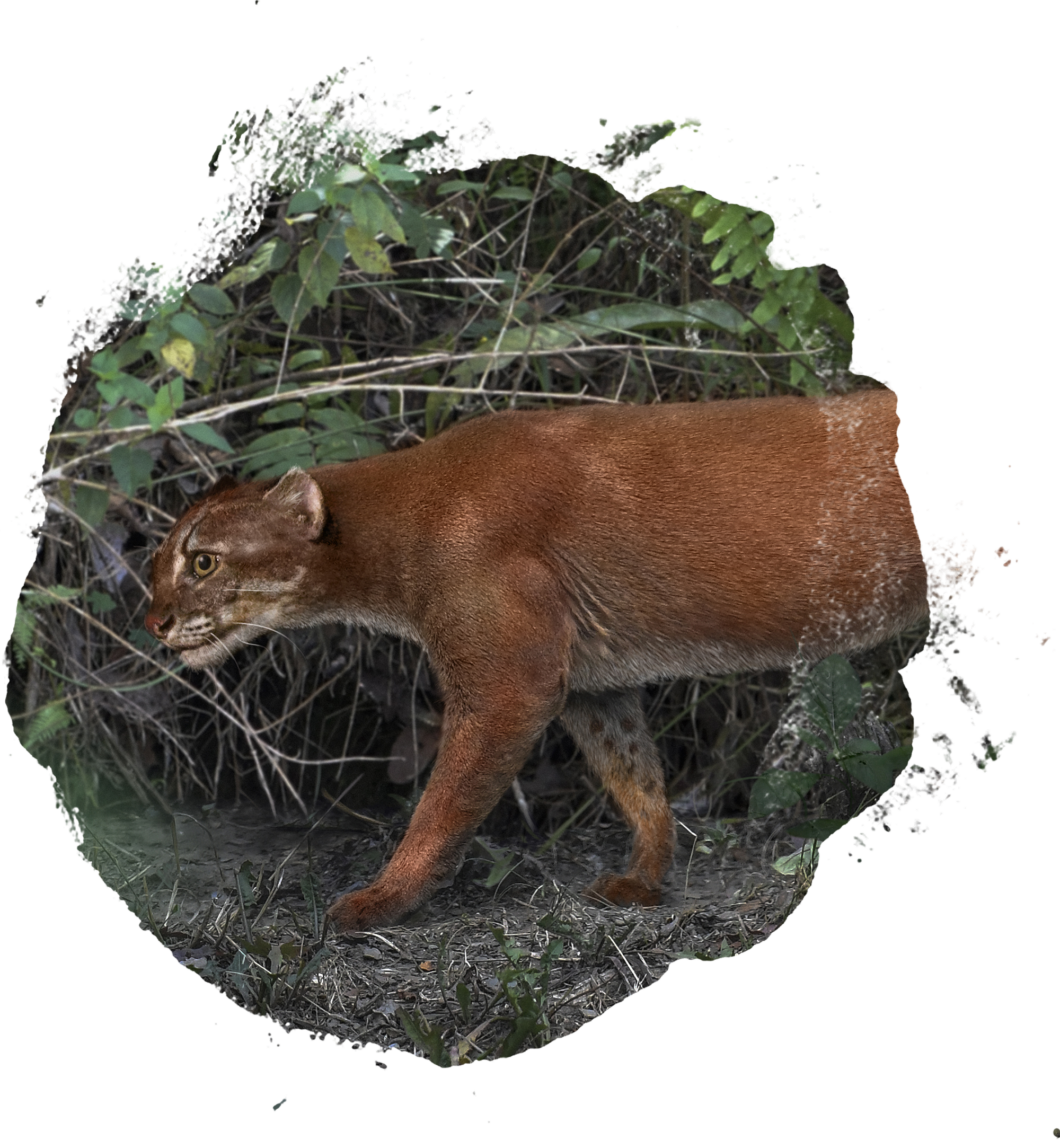
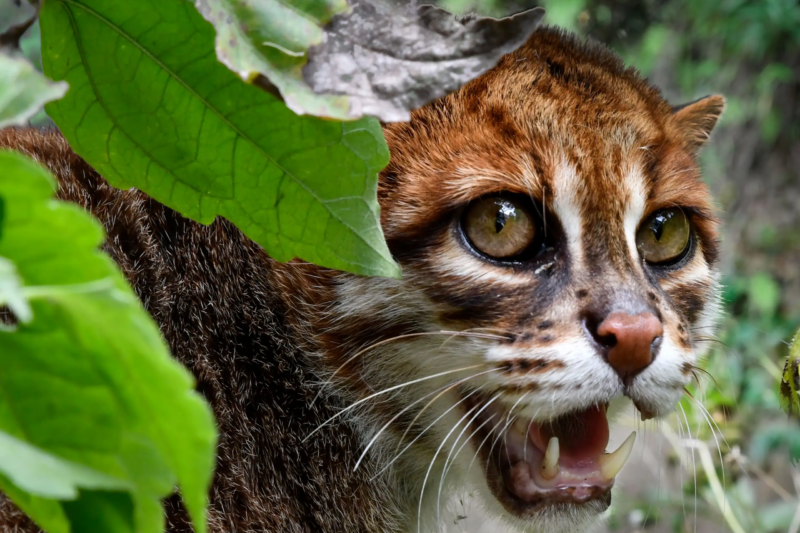
The flat-headed cat
The flat-headed cat is characterized by an elongated head and flattened forehead. Its ears are small, rounded, and well-set on the sides of the head. It has noticeably large, closely set eyes. The cat’s claws do not touch the ground when it walks but are always slightly extended from their sheaths. Its paws are long and narrow, with a well-developed Interdigital membrane between the toes.
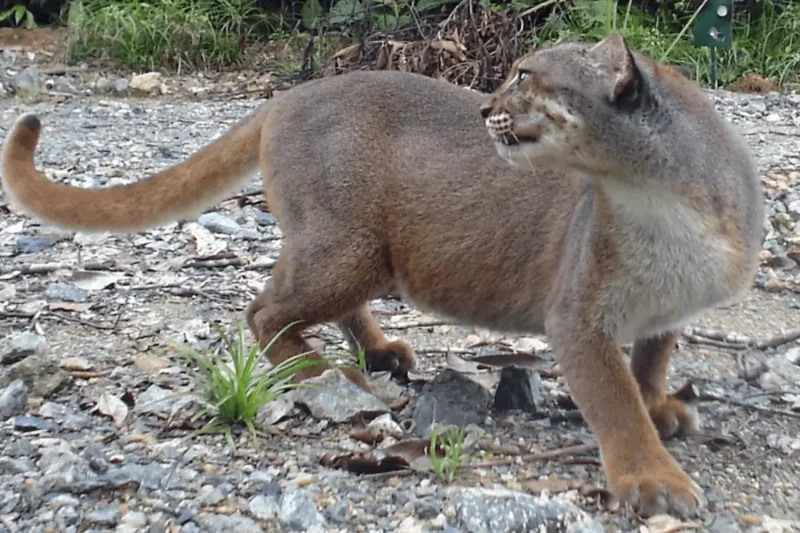
The bay cat
The coat of the Bornean Mormi is usually chestnut in color, but individuals with a gray tint have also been known. The bay cat has a long tail about 73% of its body length, a rounded head and small, rounded ears.


The scope of these activities includes the collection of genetic material (oocytes, semen, skin samples, etc.) from all wild cat species found in Indonesia. However, the species that the foundation is prioritizing are small species such as the flat-headed cat, Sunda clouded leopard, Bay cat, and Marbled leopard. As part of the cooperation, BRIN will provide the foundation with the tools necessary to achieve this goal. Not only is specialized medical equipment needed to collect the materials in a way that is safe for the animals, but also properly equipped infrastructure to preserve and store the samples.
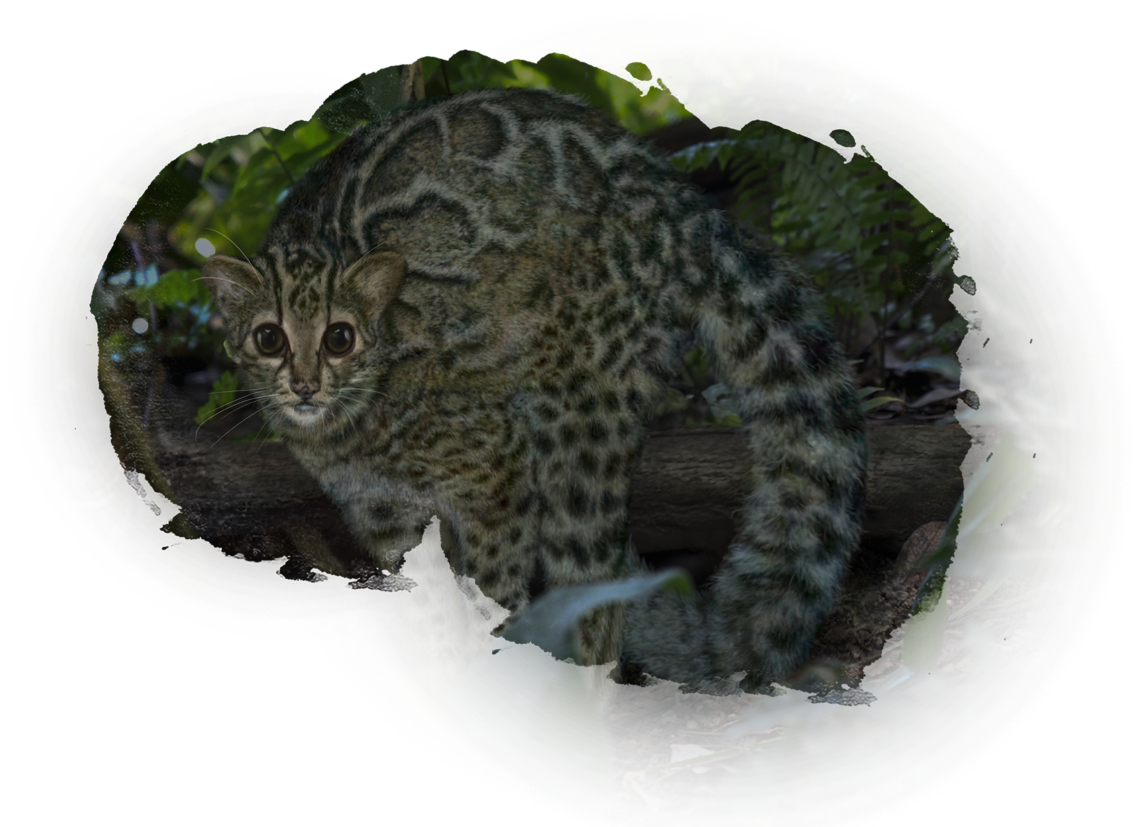
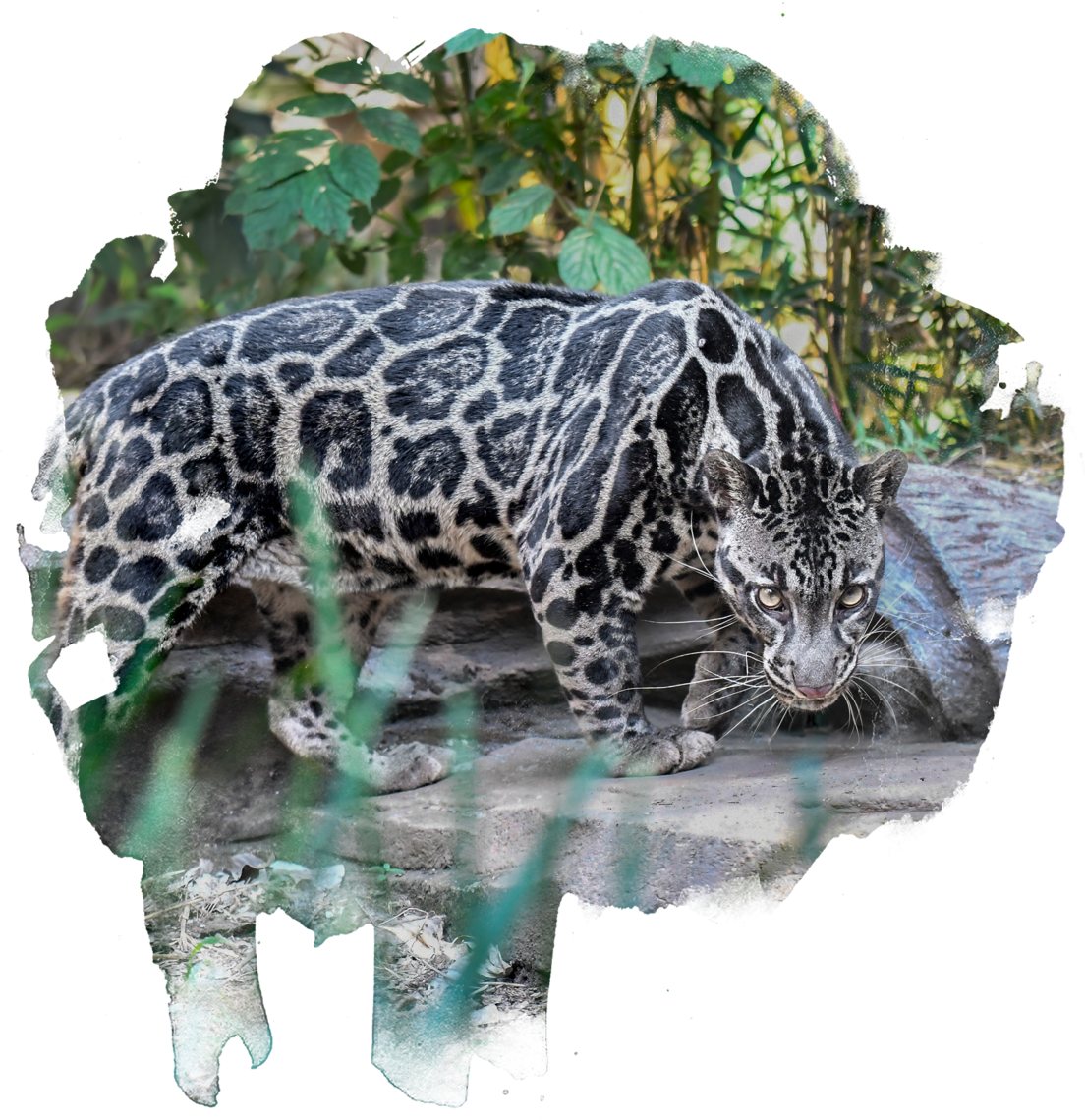
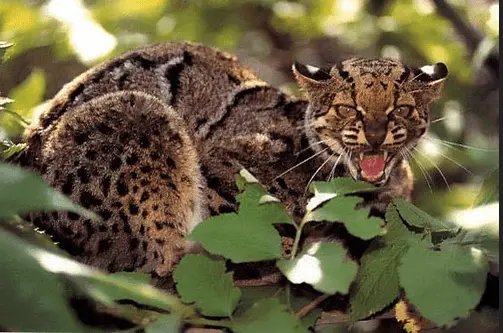
Marbled leopard
Primary color is brownish-gray to reddish-brown. The sides and back of the body are covered with large, irregular brown to reddish spots surrounded by a black border. The large spots progress to small dark spots on the limbs, tail and neck.
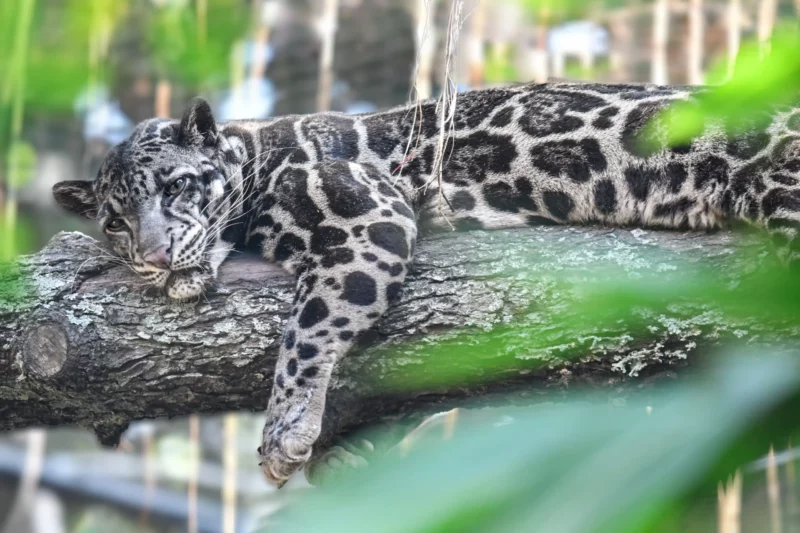
Sunda clouded leopard
The Sunda clouded leopard has a finer pattern on its fur and more gray fur than the clouded leopard. Its gray fur has cloud-like patterns that are darker than the background. This particular fur pattern and the region in which it occurs (Sundaland or Sunda Region refers to the islands of Sumatra, Borneo, Java, Bali, and the Malay Peninsula) give the name Sunda Nebelleopard.


So far, representatives of the foundation and its team of scientists have visited Indonesia several times. During these trips, semen and oocytes were collected from wild cats, and artificial insemination procedures were carried out. The accompanying scientists from BRIN were able to gain hands-on experience in these processes. A portion of the collected material was handed over to BRIN, which has the proper facilities for safe storage. While in Indonesia, the foundation’s team also studied – and collected genetic material from – wild cats belonging to species such as the Asian golden cat, clouded leopard, and Javan leopard. This collaboration enabled us to safely store the genetic material of the flat-headed cat and, in the future, will make it possible to collect material from all wild cat species found in Indonesia.
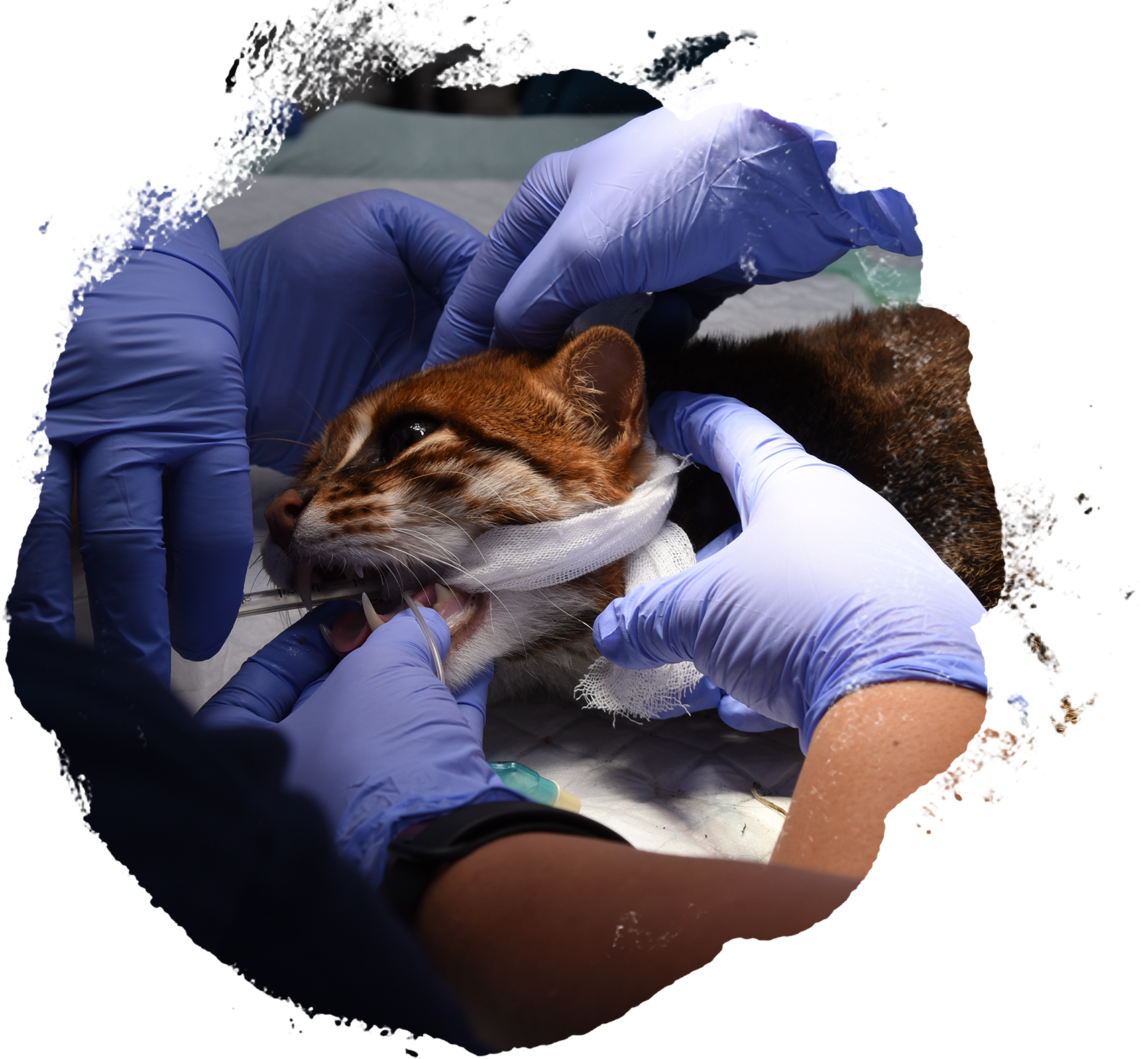

The foundation funded the construction of aviaries designed for the native small species of Indonesia’s rarest cats to provide them with the best possible living conditions. In this regard, the foundation cooperated with PT.Bunga Wangsa Sedjati Jawa Timur Park – Batu Secret Zoo.
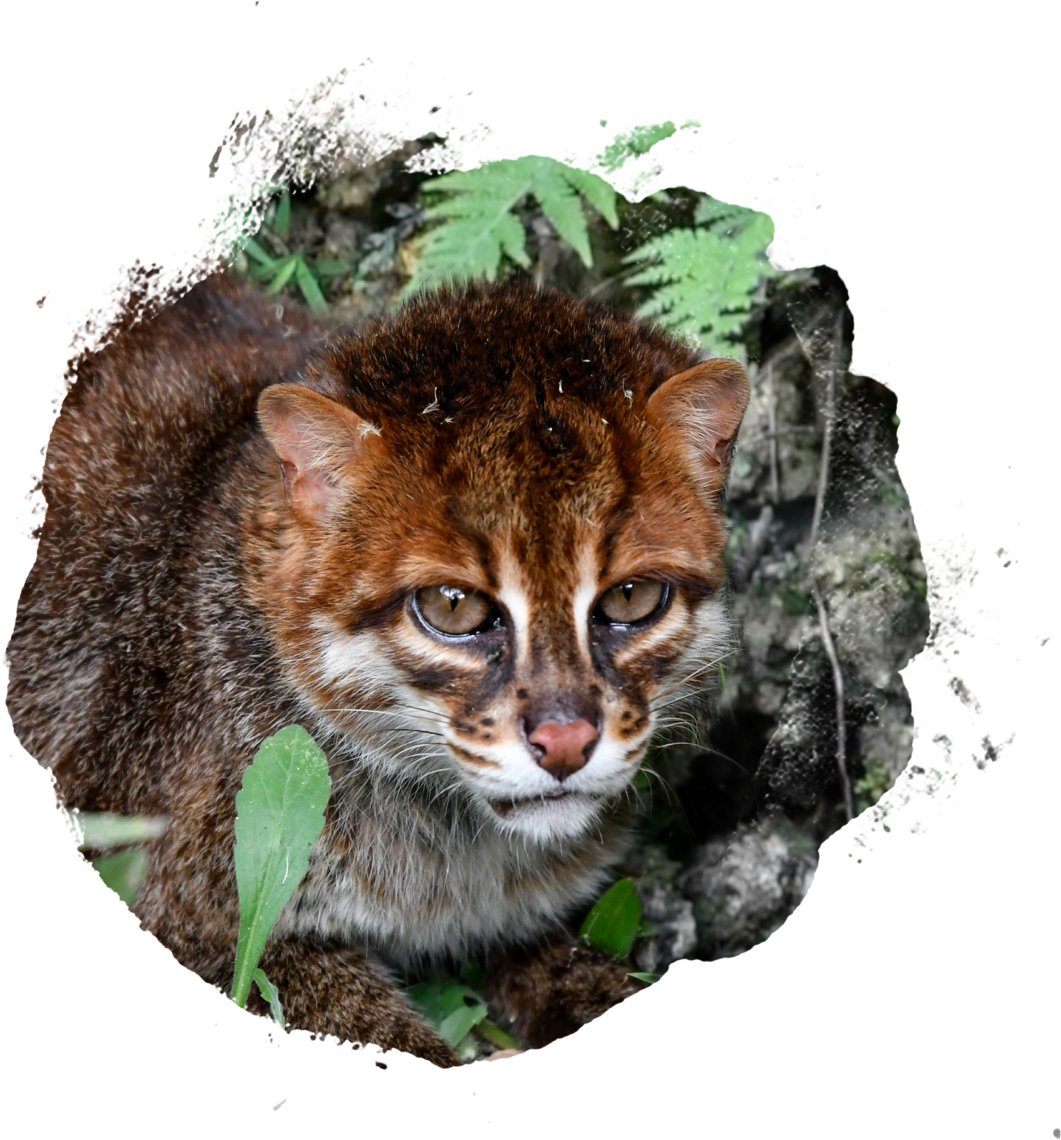

The flat-headed cat
The flat-headed cat is characterized by an elongated head and flattened forehead. Its ears are small, rounded, and well-set on the sides of the head. It has noticeably large, closely set eyes. The cat’s claws do not touch the ground when it walks but are always slightly extended from their sheaths. Its paws are long and narrow, with a well-developed Interdigital membrane between the toes.

In Borneo, the foundation is funding a photobucket system. Its purpose is to acquire data on the locations and behavior of rare cat species, the protection and study of which is the foundation’s goal. Such activities make it possible to determine the location of cats, their numbers and to learn about the behavior of cats in the wild, and not just by observing captive animals, whose behavior is likely to vary.
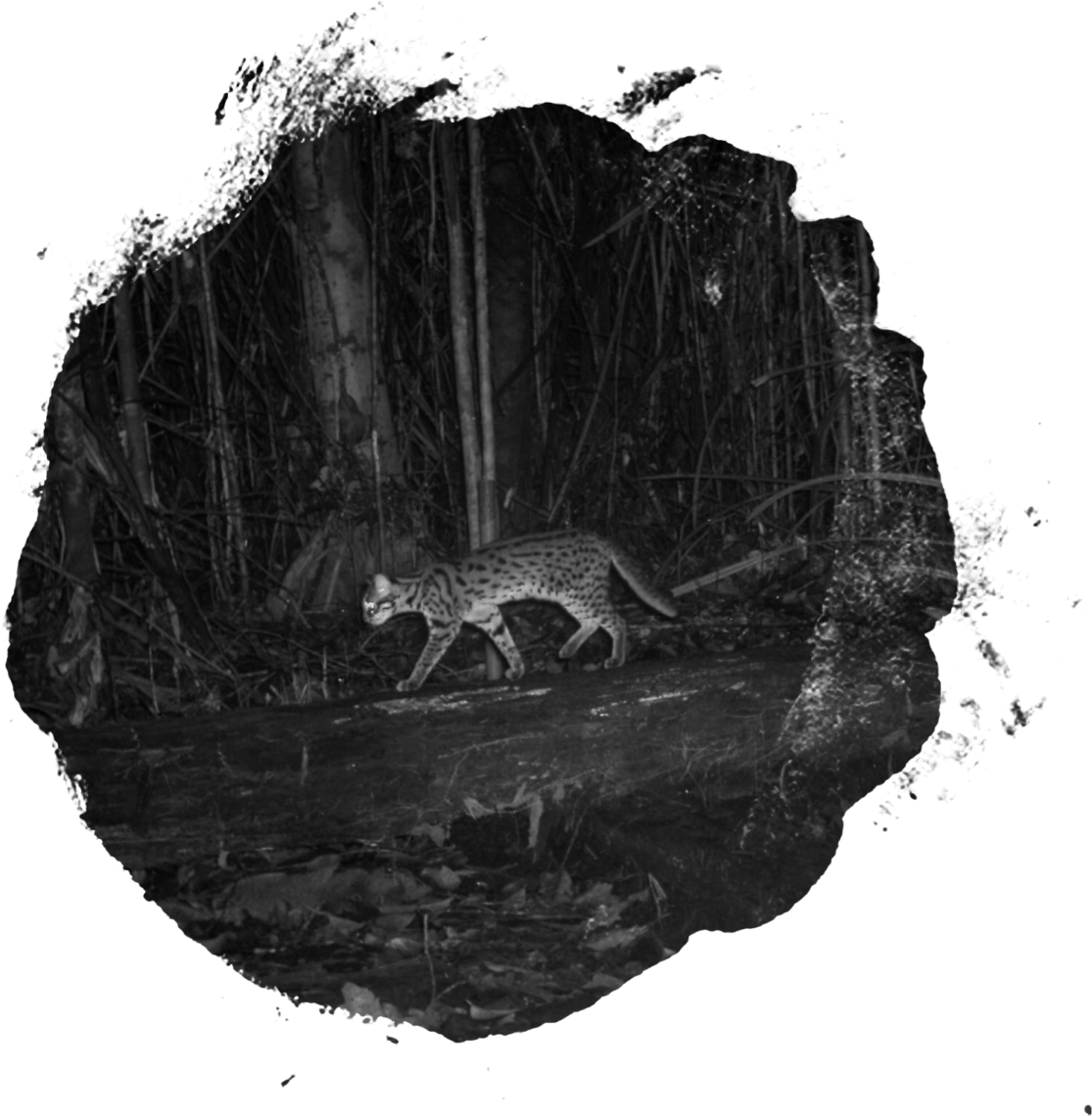

Thailand
In Thailand, the foundation is committed to maintaining the flat-headed cat population that is located at the Songkhla Zoo. Among other things, the foundation funds the upkeep of these cats, veterinary support, and makes efforts to obtain and secure the genetic material of these cats.
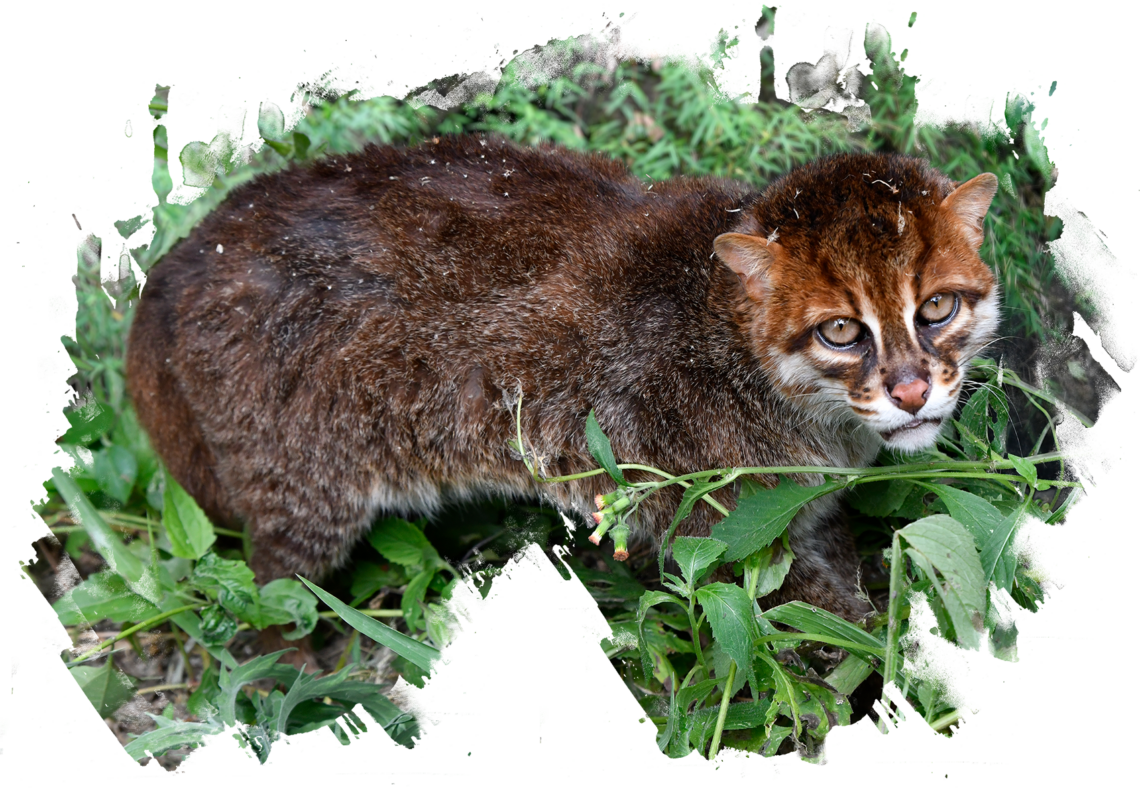
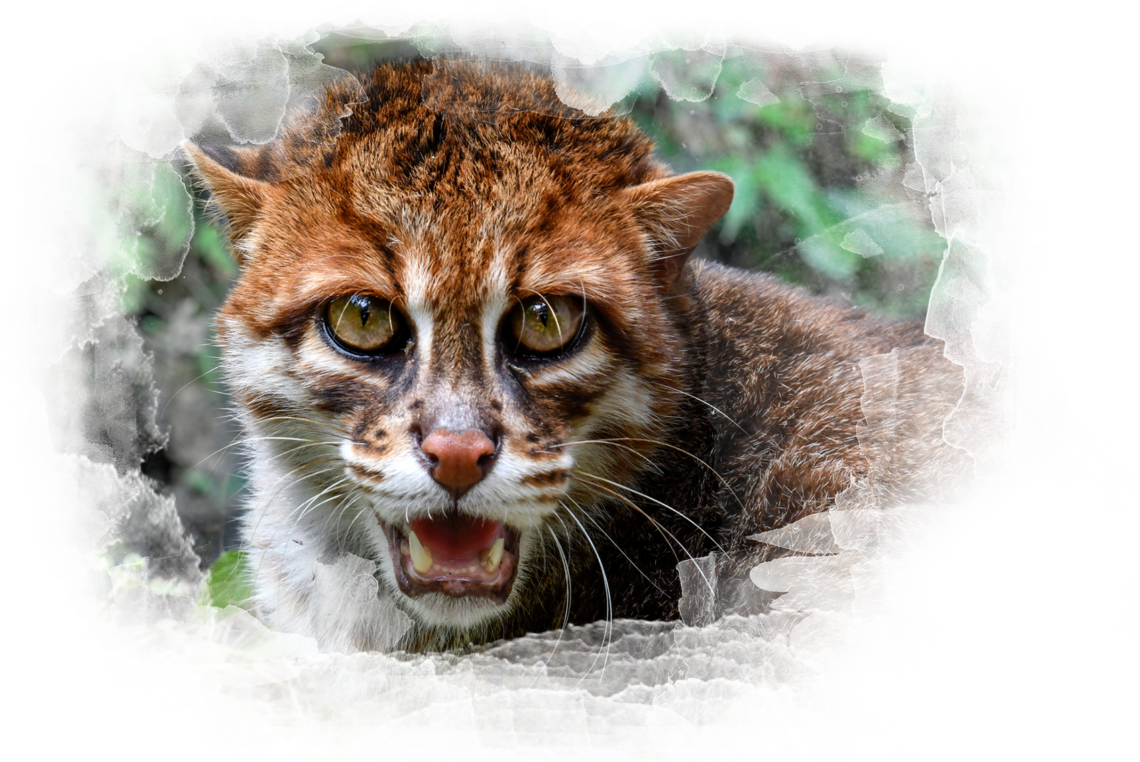

The flat-headed cat
The flat-headed cat is characterized by an elongated head and flattened forehead. Its ears are small, rounded, and well-set on the sides of the head. It has noticeably large, closely set eyes. The cat’s claws do not touch the ground when it walks but are always slightly extended from their sheaths. Its paws are long and narrow, with a well-developed Interdigital membrane between the toes.

The flat-headed cat
The flat-headed cat is characterized by an elongated head and flattened forehead. Its ears are small, rounded, and well-set on the sides of the head. It has noticeably large, closely set eyes. The cat’s claws do not touch the ground when it walks but are always slightly extended from their sheaths. Its paws are long and narrow, with a well-developed Interdigital membrane between the toes.


South Africa
In South Africa, the foundation is dedicated to the conservation of the black-footed cat by financially supporting the maintenance of the captive population of this species, so that new births are systematically obtained. In addition, the foundation funds regular veterinary examinations necessary to protect the health of these cat populations.
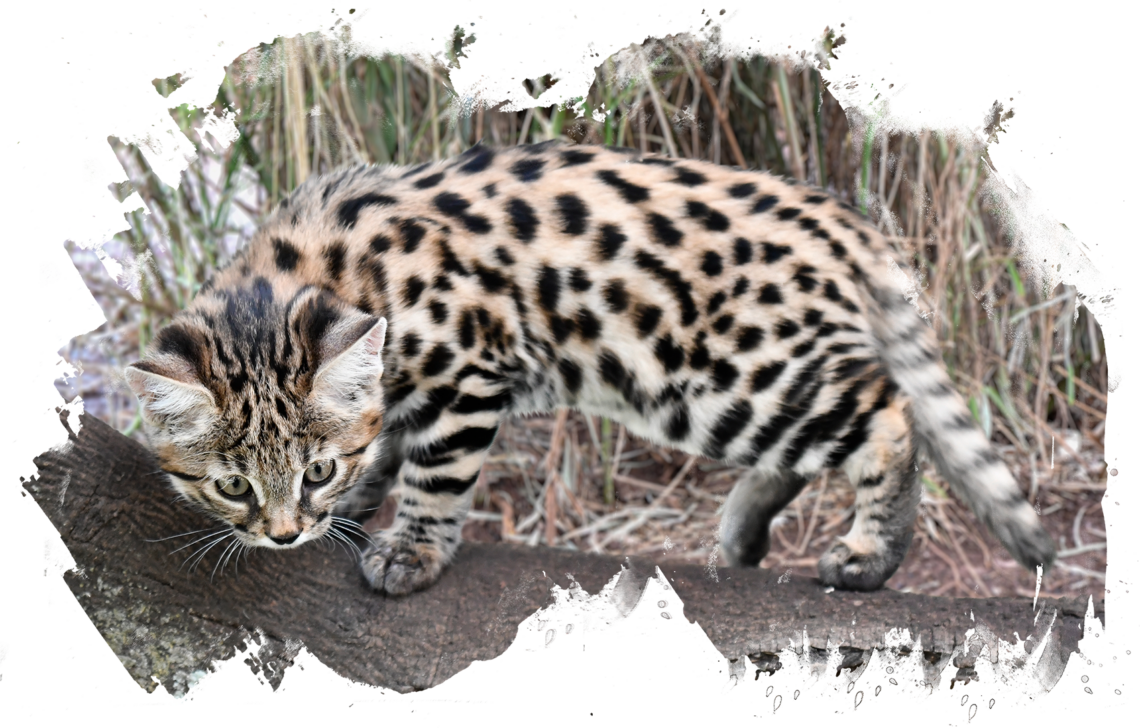
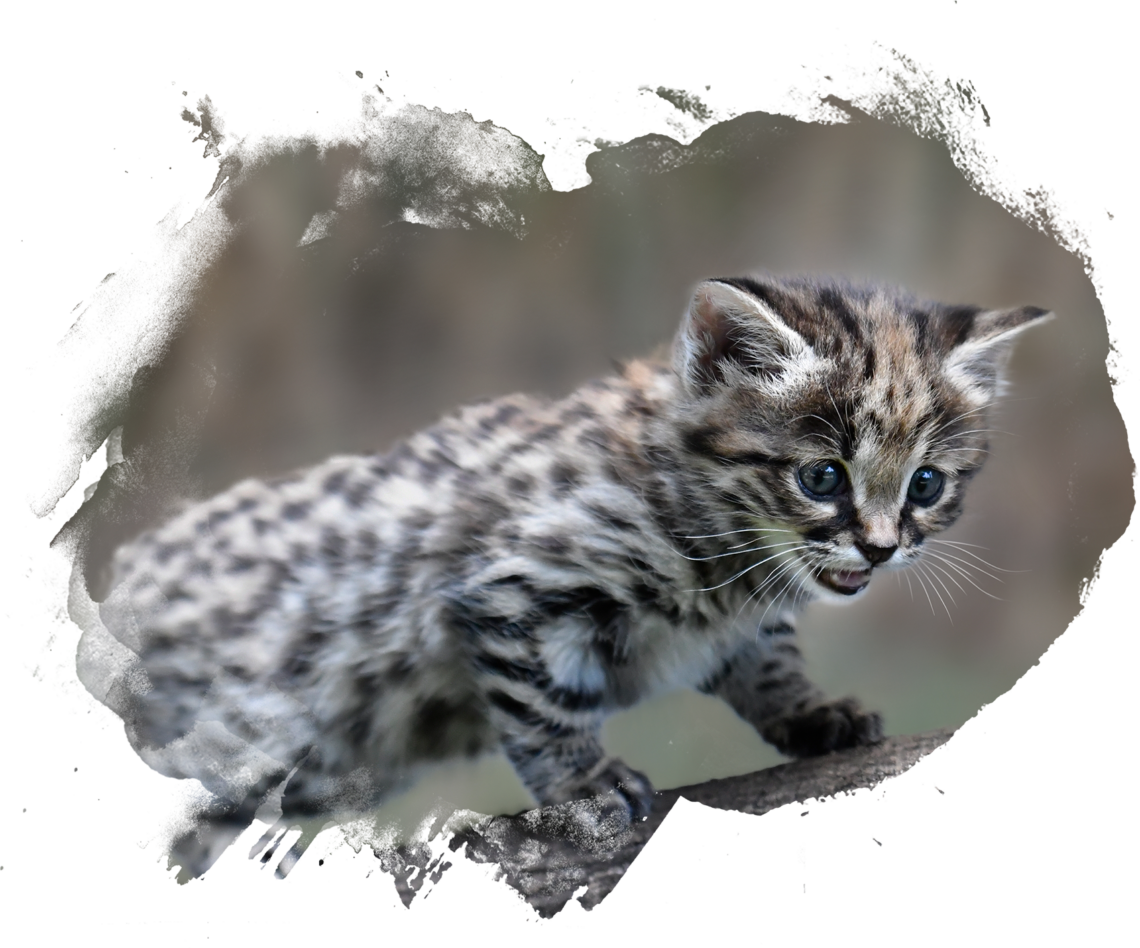
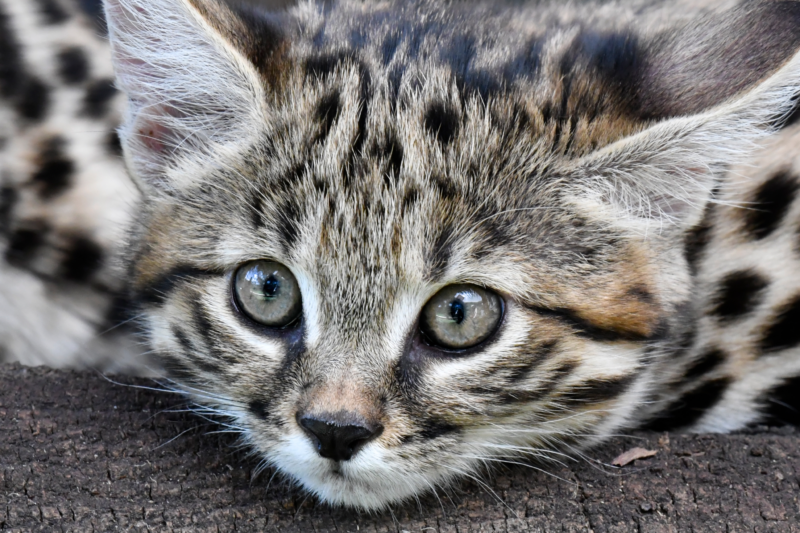
Black-footed cat
The black-footed cat is one of the smallest cat species in the world and the smallest in Africa. The Black-footed Cat gets its name from its black pads and the underside of its paws. Its fur is fawn-colored and marked with black and brown spots, merging into broad neck, legs, and tail stripes.

Black-footed cat
The black-footed cat is one of the smallest cat species in the world and the smallest in Africa. The Black-footed Cat gets its name from its black pads and the underside of its paws. Its fur is fawn-colored and marked with black and brown spots, merging into broad neck, legs, and tail stripes.


In parallel, the foundation is leading efforts to make it possible to collect semen, oocytes and genetic material of black-footed cats from all places where such cats live in captivity in South Africa. The goal of the abovementioned is to create a bank storing semen, oocytes and genetic material from as many individuals as possible in order to utilize a secured and diversified gene pool for maximum reduction of kinship ties in the reproduction activities of these cats.
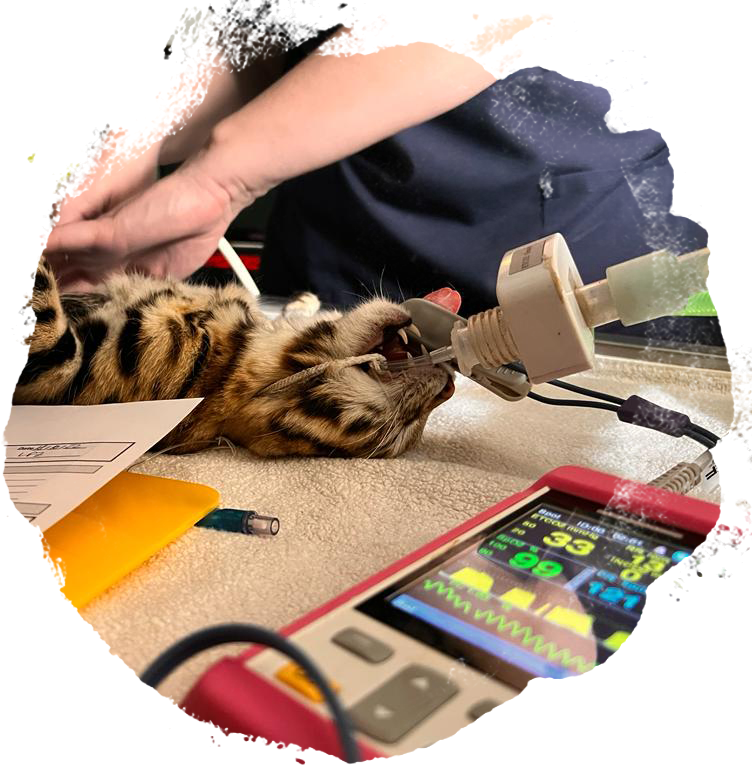

Uganda
In Uganda, the foundation finances the care and veterinary research of African golden cats – representing two of the four color variants found in Africa (red and gray). Thanks to the foundation’s support, the captive population of this species is being successfully maintained, with regular births of new individuals.
In addition, in Uganda, the foundation also funds the maintenance and veterinary support of the savannah seral pupulation, which has a very rare coloration variety. From a scientific point of view, the servals belonging to this population are not considered a subspecies of savannah servals, but rather are believed to have undergone a ghetto mutation that has made these cats better adapted to the environment in which they naturally live (on the border between savannah and rainforest), characterized by more diffuse light, which allows them to achieve better camouflage.
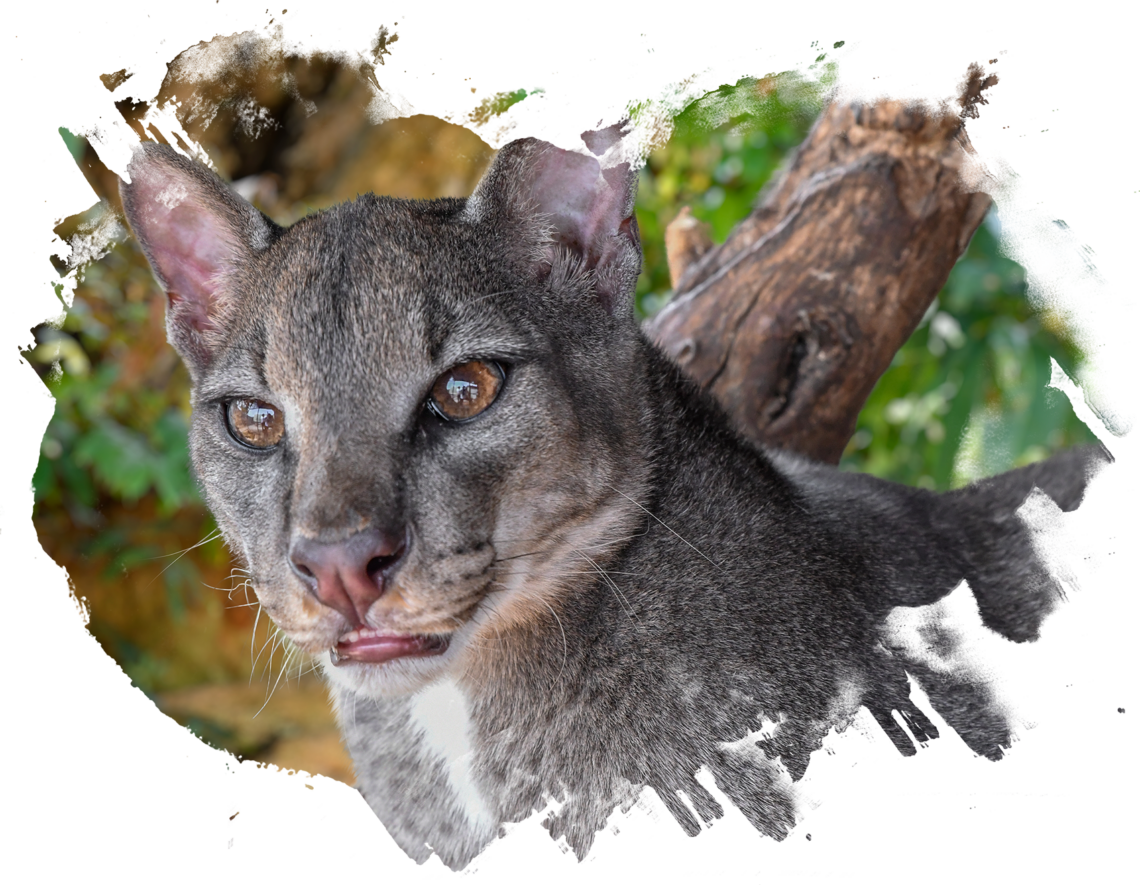

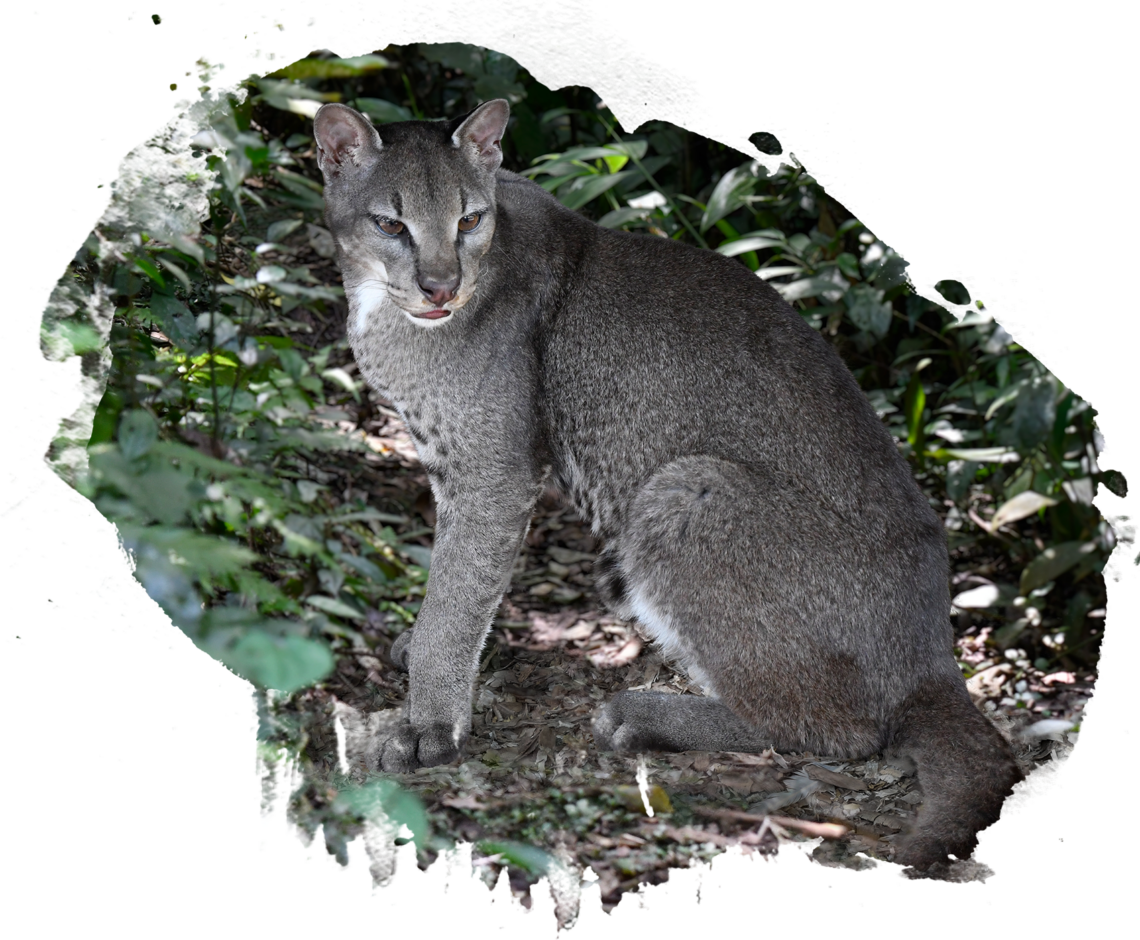
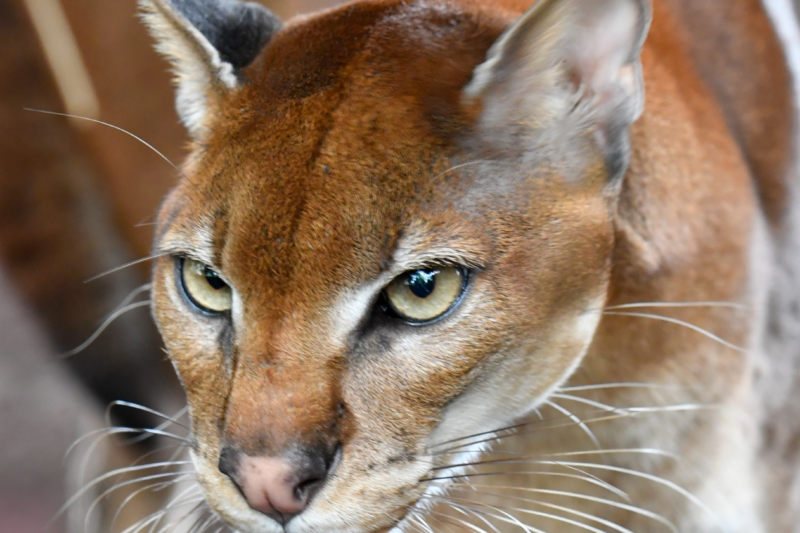
African golden cat
The African golden cat is a medium-sized cat with a compact body and relatively short legs. Its head is small to its body, and its ears are rounded. The fur can be reddish brown or grayish, spotted or smooth. The throat, chest, and underside of the body are white, and there are usually large dark spots on the belly.

African golden cat
The African golden cat is a medium-sized cat with a compact body and relatively short legs. Its head is small to its body, and its ears are rounded. The fur can be reddish brown or grayish, spotted or smooth. The throat, chest, and underside of the body are white, and there are usually large dark spots on the belly.

African golden cat
The African golden cat is a medium-sized cat with a compact body and relatively short legs. Its head is small to its body, and its ears are rounded. The fur can be reddish brown or grayish, spotted or smooth. The throat, chest, and underside of the body are white, and there are usually large dark spots on the belly.



